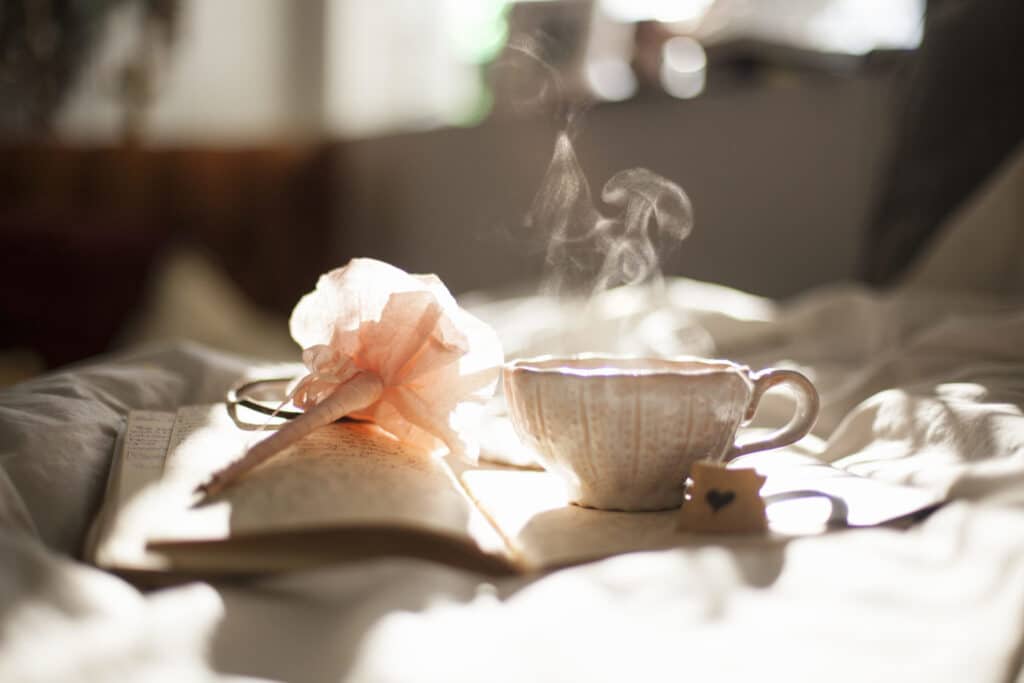Caregivers, what’s in your happiness jar?

The happiness jar practice
Imagine if you wrote down a note on a scrap of paper the happiest moment of your day. You then dated it and put that note in a jar. How long would that take you? At most, it would take one minute.
Now imagine having a rough day (not hard is it?). Picture yourself pulling out a random slip of paper from the jar. How are you likely to feel? Comforted and even delighted. If you hadn’t written it down, you would have likely forgotten many of these gems.
This simple but powerful practice is a perfect antidote to our human tendency to focus more on what is wrong, than what is right and our tendency to remember the ‘bad’ stuff more than the ‘good’ stuff. It’s also a gratitude practice.
Think about how many moments, how many conversations we forget on a daily basis once they are gone; things that, if we could look back on them, would bring us renewed happiness and peace.
Your happiness jar doesn’t have to be “big” rockstar moments.
Gilbert herself notes that, after years of practice, her happiest moments are generally “really common and quiet and unremarkable.”
I love Gilbert’s story about this. A peak experience day in her life was the day she first went on the Oprah Winfrey show. Her mom was at the hotel room helping her get ready by ironing the sash of her dress for her. She felt her mom’s love for her, and while it was amazing to be on the Oprah show, that sweet moment with her mom is what went into her happiness jar.
People have shared wonderful iterations of this exercise with Gilbert. There are family happiness jars, mother-daughter happiness jars, post-divorce happiness jar, get me through this illness happiness jars, and on and on.
Two happiness jar tips
1. There are no happiness jar rules.
Gilbert often gets asked about “the rules” of the Happiness Jar. Can my happiness jar be a bowl? Can I put my lucky stones in a jar? Can I write a prayer and put that in the jar instead of a happy moment? Does my happiness jar have to say ‘happiness jar’ on it. Resist the tendency to complicate what is really a simple practice.
2. Make it YOUR happiness jar.
This is related to the ‘no rules’ tip. The fact that people ask for rules, Gilbert notes, shows how uncertain we are about our own happiness. This is a wonderful opportunity to go within and ask yourself what elicits a feeling of happiness. Dare I say it, maybe the word ‘happiness’ isn’t the best fit for you? Maybe it’s a ‘Joy Jar’. Or maybe it’s a ‘The Moment that Sucked the Least Today’ Jar (we all have to start somewhere!)
Have you thought of creating your own happiness jar? What would be your iteration?








